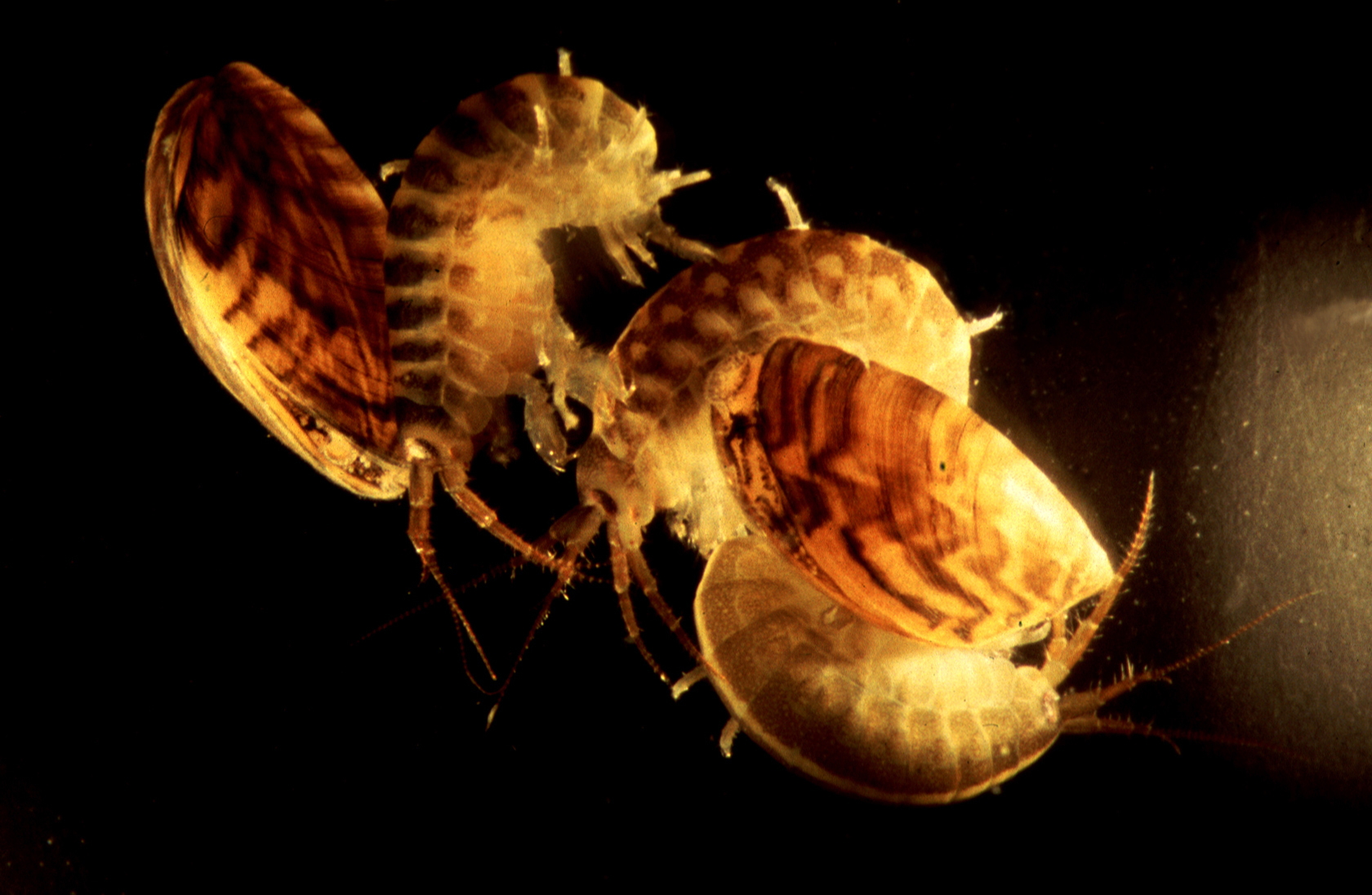'Killer Shrimp' Leaves Wake of Devastation

A "killer shrimp" that slaughters many creatures without eating them is invading the British Isles, and researchers fear it could wipe out native species.
Scientists in the United Kingdom are deeply concerned about what impact this alien invader from western Asia might have should it gain a foothold in the U.K. or beyond.
The creature classified as Dikerogammarus villosus is actually not a shrimp but another type of crustacean known as an amphipod. Although it reaches only 1.2 inches (3 centimeters) long, it has unusually large and powerful mouthparts to bite and shred its prey, and it often gets called a "killer shrimp" because of its vicious behavior, killing and maiming indiscriminately. [Image of killer shrimp]
"As prey numbers increase, Dikerogammarus appear to increase their attack rate far more strongly than other similar amphipod crustaceans," said freshwater ecologist Steve Ormerod at Cardiff University in Wales.
Bizarrely, D. villosus is so violent that it often kills creatures without eating them – an odd example of killing for killing's sake.
"At present, we have no explanation for this behavior," Ormerod noted. Scientists have speculated the high rates at which it attacks others could help it compete in its environment.
The life of a killer … shrimp
Sign up for the Live Science daily newsletter now
Get the world’s most fascinating discoveries delivered straight to your inbox.
This "killer shrimp" is originally from near the Black and Caspian Seas. However, in the past 20 years, it spread across central and western Europe via waterways such as the Danube and Rhine.
It has many traits that make it a daunting invader: It grows rapidly, reaches sexual maturity early, can reproduce all year round, lays nearly 200 eggs per clutch, has wide food preferences, and can tolerate wide ranges of water temperature, salt and oxygen levels. And the whammy: It can survive for at least six days out of water.
"Dikerogammarus appears to be an extremely voracious predator and competitor, killing and eating its prey at a far faster rate than other similar animals," Ormerod said. "It also breeds very rapidly, and has quickly established large populations that appear so far to be unchecked by natural enemies."
Invading England
Now scientists find this alien invader has reached the British Isles. Researchers found it along the margins and in the open water of a large reservoir in England last September and in two sites in Wales in November. [Album: Killer Shrimp and Other Invaders]
"There are now major concerns that it might start to colonize other locations because it has reached such large densities at least at one of the occupied locations — in the 200-hectare lake [494 acres] at Cardiff Bay, intensively used by people for recreation," Ormerod told LiveScience. "Numbers reach up to 4,000 individuals per square meter."
The intruder may have invaded the British Isles by hitchhiking in some equipment or ballast water on a European boat, Ormerod suggested.
"Those involved with conserving and managing biodiversity and fisheries in the United Kingdom's freshwaters fear that, by acting as a very successful predator, Dikerogammarus could reduce populations of other invertebrates and fish, change their species composition in affected waters, and damage freshwater ecological health," Ormerod said. "Evidence from occupied sites in mainland Europe suggests that these fears are justified."
Currently, scientists in the British Isles are focusing on educating anglers, boaters and other participants in recreational water activities about biosecurity — "making sure that equipment is washed down and dried before being used in other locations," Ormerod said. "However, breakout to other locations is now high-risk, so we also need to understand the likely impacts and develop control and eradication methods as far as possible."
Ormerod does mean as far as possible, including across the Atlantic Ocean. Although this intruder is not near North America, "the lessons from other invasive species is that true control and eradication is very seldom possible," he said.
Other invaders from the native range of D. villosus have reached North America, "notably the zebra and quagga mussels, with drastic results, and my guess is that North American freshwater biologists will already be looking out for Dikerogammarus," Ormerod said.










